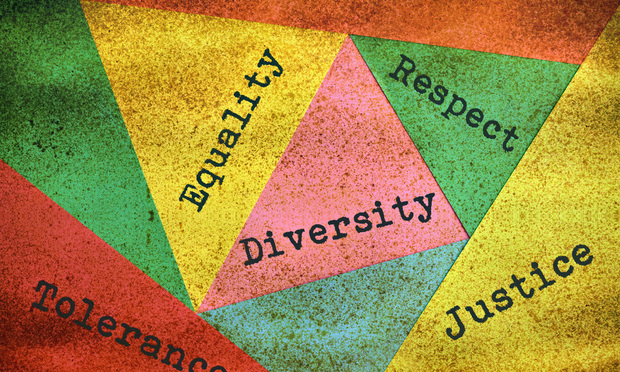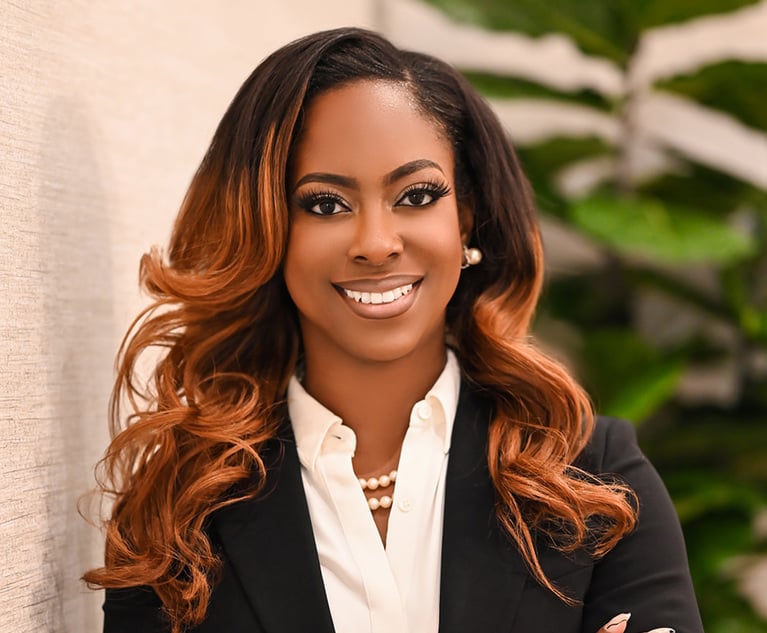When I graduated from law school, all I knew about the legal profession I was about to enter was that I was going to make more money than all of my immediate family members combined (yes, I come from a small family but, at the time, it still seemed pretty impressive) and I was going to become part of an impressive team of lawyers employed at the fifth-largest law firm in Chicago. Part of my initial learning curve included more than just navigating firm politics, meeting never-ending deadlines, and mastering the myriad of stylistic preferences each of my supervising attorneys insisted I adopt; I also had to learn how to turn the other cheek every time an “inclusion killer” bomb exploded in my face.
What is an inclusion killer? The answer requires an abbreviated tutorial. If you’ve reviewed the diversity section of virtually all law firm websites, one of the first two paragraphs will make reference to the value the firm places on diversity and inclusion and then the discussion ends there. The terms diversity and inclusion are very much separate and distinct, yet many well-meaning law firms fail to fully appreciate the difference. Rather than just reiterating the firm’s definition of diversity, readers should also be provided with a richer understanding of what the inclusion component means. One of the premiere diversity and inclusion consultants, Verna Meyers, captured the concept of diversity and inclusion best with this phrase:


 benjaminec – stock.adobe.com
benjaminec – stock.adobe.com




